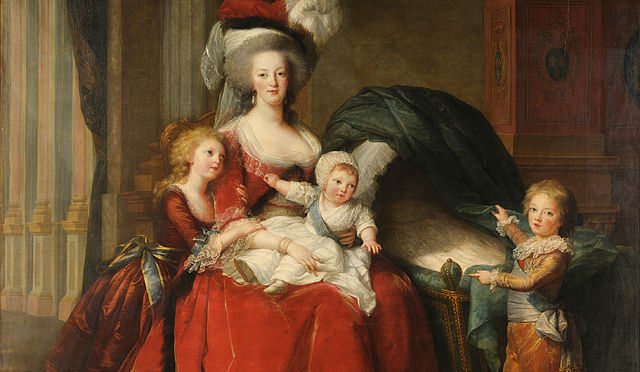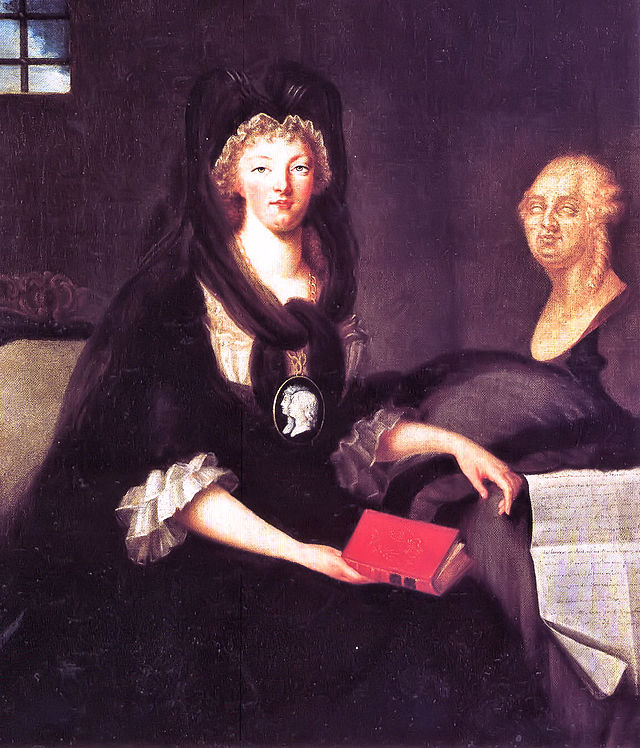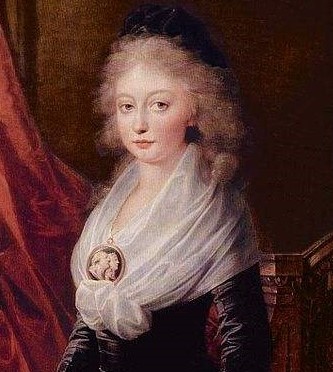In honor of Siblings Day (which was on April 10, I know), I made sure I posted a pic of me with my bros and sis on Facebook. I believe in eternal families, and I feel blessed with a wonderful family—even if we disagree at times. No family’s perfect, but at the end of the day we still are bounded by blood and there’s love there.
But I’ve decided to focus this article about certain siblings in a family that no one would like to join. This is a true tale of two sisters and their little brother whose tale has been examined and analyzed endlessly. They each became powerful rulers but at painful prices. They even denied at times that they were blood related, but there’s no question they were. The real question is did they still love each other in the end?
Presenting from eldest to youngest:
Mary, Elizabeth, and Edward.
All children of King Henry VIII’s. But with such a father figure, could the kids build lasting relationships?
Tough Tudor Love
Seventeen-year-old Mary, daughter of Katherine of Aragon, was ordered to recognize her baby sister, Elizabeth, as a princess. But Mary still recognized herself as a princess. But had a hatred been born? Not necessarily.
Mary did hold a grudge against Elizabeth’s mother, Anne Boleyn. Yet some sources say that Mary actually liked Elizabeth and gave her attention and gifts that Elizabeth lacked when their father became interested in a new woman called Jane Seymour.
Shortly after Anne’s beheading, Henry married Jane. She was able to unite Mary and Elizabeth with Henry. She was also able to give Henry a male heir named Edward. Edward’s big sisters played important roles in his life and his christening. Mary (now age 21) was named godmother and Elizabeth (at age 4) carried the chrisom. Sadly, Jane died soon after her son’s birth. Her stepdaughters probably did sympathize with Edward. Their mothers had been taken away from them too.
Katherine Parr, Henry’s sixth and final wife, is credited for bringing the family closer together. But after Henry’s death, the feelings between the Tudor siblings became increasingly shakier. Extreme sibling rivalry took swing.
Conflict of Interest
As a staunch Protestant, the young King Edward pushed to reform England to his faith. It was an especially perilous time for Catholics. Mary, a devoted and famous Catholic considered hiding outside the country. She feared for her life. The two once had been tight. Now they found themselves in tough spots. Just because she was his sister didn’t provide her life insurance. Edward did sign the death warrant for his scheming uncle, so it was uncertain if Mary would be an exception. Understandably, she avoided court. Running out of excuses to avoid family gatherings, she made an appearance at Edward’s court in Christmas of 1550.
Edward humiliated his sister for beliefs and made her cry; in turn, he also cried. The two kissed and made up, but peace in the Tudor family lasts for only so long.
Not long after, Edward wrote to that she was breaking the law. Her known devotion to her religion was now considered treason. Edward wrote: “I have natural affection for you. Do not seek to diminish it.”
Neither changed their ways.
Toward the end of his life (age 15), Edward crossed out Mary from the line of succession and put Protestant cousin Jane Grey before his sisters.
Pardon Me
Mary rallied troops and Jane Grey was dethroned. Though her cousin was a pawn in others’ agendas, Mary was counselled to behead Jane because of her associations with conspirators.
If Mary could put her cousin to death, could she do the same to her sister?
Elizabeth quickly recognized her sister as queen. Doubts emerged with rumors of Elizabeth being involved in a plot to dethrone her sister, and Elizabeth was sent to the Tower of London. She feared for her life. (I think this happened before.) The night before her arrest, Elizabeth pleaded her innocence in a letter to Mary and signed it, “You Highness’s most faithful subject that hath been from the beginning and will be to my end.”
That didn’t stop Mary.
Permissions to stop arrest denied, but Elizabeth was granted the finest rooms in the tower by protocol and was proclaimed free to roam in the gardens. Three months later with no proof, Mary was persuaded to let her sister go free. The damage was done, but would Mary have executed her sister?
Edward could have executed Mary but didn’t. Mary could have executed Elizabeth but didn’t. But nothing was above the Tudors.
Revenge
When Elizabeth took the throne, she undid her sister’s Catholic reform but actually did continue Mary’s plans for fiscal reform and exploration. Sadly though, Elizabeth seemed to have encouraged propaganda that darkened her sister’s name.
But hey, Elizabeth’s reign has been described as “glorious.” Yet, it was still just as dangerous as the reigns before her. No one was safe—especially family members. Elizabeth took a page out of her siblings’ book and beheaded her Catholic cousin, Mary, Queen of Scots, for possibly trying to take her” throne.
When naming her heir, though, Elizabeth named the Scots Queen’s son, James, to rule.
When Elizabeth died, the kingdom was ready for fresh faces and was delighted with a cute family to look at. The head of the family was no other than James, I of England and VI of Scotland.
Giving It a Rest
James made it a point give his mother a proper tomb at Westminster Abbey. Mary, Queen of Scots, would be proud. James made other changes in Westminster that possibly would have embarrassed others.
The Tudor sibs were already suited in Westminster Abbey, but sisters Mary and Elizabeth got shuffled into the same tomb. Maybe James was ensuring that Elizabeth kept her side of the bargain to Mary and really was faithful to her end. The tomb carries a message in Latin. The English translation is: “Partners both in throne and grave, here rest we two sisters, Elizabeth and Mary, in the hope of one resurrection.”
I wonder how awkward the family reunion after this life really was for the Tudors. Was it as bad as Christmas of 1550? One can hope the siblings cry tears of joy now. Perhaps they still attend family counseling sessions.
Best wishes to Edward, Mary, and Elizabeth. May there be a reconciliation. It would take a miracle, but it’s a miracle that three siblings each ruled England separately—and miraculously didn’t kill each other!








